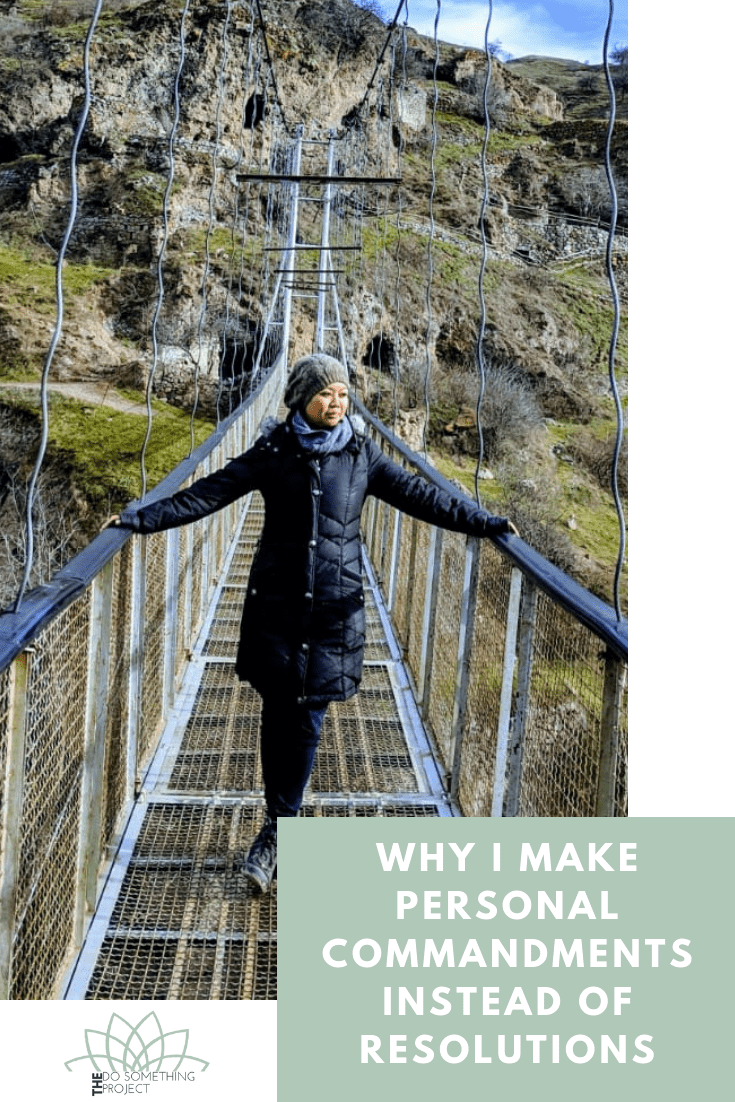“Organizations like Goodwill facilitated the discarding of still usable items by the middle class. Provide this outlet of castoffs helped construct wasting as acceptable - even pious. Items went to someone in need, wasting must not be so bad.”
Growing up in the Philippines, we weren't necessarily poor. My parents worked for a multi-national corporation, we had a nice house and we went to private Catholic school. From what I remember, Sundays were usually market days and part of market day is "ukay ukay". Ukay ukay is secondhand clothing from the Western world that make its way to the Philippines. Originally, they were meant as donation from first world to third world countries. At some point, it became a business. Secondhand, especially secondhand clothing is a large part of the economy in third world countries. It has its pluses and minuses. First it supports the creation of micro businesses, second it provides affordable clothing and three it supports reuse. The downsides are it hurts local businesses especially those that want to produce and create their own products. It also leads to waste as this can sometimes be the last resort for textiles. If no one wants them at this point, it's very rare that they are shipped to another country to be recycled - too costly and time consuming.
Before we moved to the U.S. at the age of 9, I wore ukay ukay. My parents would buy a few things here and there that they thought would last long and that I could grow into. As a kid, I did not know the difference and enjoyed what I got. Secondhand clothing is and continues to be an economic necessity in many parts of the world.
This post contains affiliate links. See Disclosures for details.
Fast forward a few years to living in the U.S. As an American teenager, I disliked when my mom bought thrifted things. I wanted the name brand, trendy items from the malls. It's hard sometimes when your friends, the TV, and everything else around you constantly wants you to have the latest, newest thing. I got a sense that thrifted anything were lower quality and for poor people. I'm not sure when and how my perspective changed, but it did. I saw secondhand clothing as dirty, as low value. Though, I have to give props to my mom for continuing to shop secondhand for my youngest sister. Most of her clothes and toys growing up were secondhand which saved a great deal of money.
Fast forward another few years, after years of decluttering and minimizing, learning about waste and the environment, I am now appreciating the value of secondhand. I've learned a lot of lessons and here's how I feel about thrift shops and secondhand goods at this point in time.
There is no shame in buying secondhand. In reality, most items that are in thrift stores and secondhand shops are almost new. There is such an influx of products being made everyday that consumers barely have a chance to use something they just bought before the new one comes out. Many of us also live with so many things that we don't know we have duplicates or triplicates of things. Full disclaimer that I have donated "new" things in the past.
There is affordability in secondhand. Secondhand items are normally (not all the time) less expensive so it's a great opportunity to buy something "new" at a very low price. This can be good and bad sometimes. Good because your purchasing power is higher and you can buy more, bad if you don't control your spending and end up buying things just because they are at low price. Understandably, there's a lot of privilege in play here to. Many thrift shops are now increasing their prices due to demand or in some cases, there is now a second stage thrift shop in gentrified neighborhoods that are reselling goods to more affluent consumers and tagging them “vintage.” This is taking away from people who really need them at a low cost.
There is opportunity for reuse. This of course is the top reason for someone who wants to reduce waste and impact. The secondhand market allows for items to be reused before it gets recycled or land filled. This is a huge step in saving resources.
There is an opportunity to support organizations going good in the world and to support small, local businesses.
There is an under lining self-reinforcing mechanism that continues to support consumption. Humans consume, there is no getting away from that, but sometimes we also have to think that places like secondhand stores (especially those tied with a non-profit) promote the idea that we can continuously consume because we can "donate" our goods in the end. This quote from Gone Tomorrow: The Hidden Life of Garbage sums it up: "Organizations like Goodwill facilitated the discarding of still usable items by the middle class. Provide this outlet of castoffs helped construct wasting as acceptable - even pious. Items went to someone in need, wasting must not be so bad.”
Personally for me right now, I will continue to shop thrift and secondhand shops for the reasons above, although, I've greatly pulled back on my consumption habits so my need to constantly buy isn't as strong. (My minimalism journey here and here.) Here are some of the places I go because there's a few close in proximity to me: Goodwill and Unique Thrift Stores. Here's a list in NYC since I am in the city a few times. I also shop eBay. Less Poshmark, but have bought something there. I've sold and bought on Facebook, as well. There's also an Instagram account: noishaf.bazaar that sells homegoods, activewear and everything else.
Do you buy secondhand? What has your experience been?








